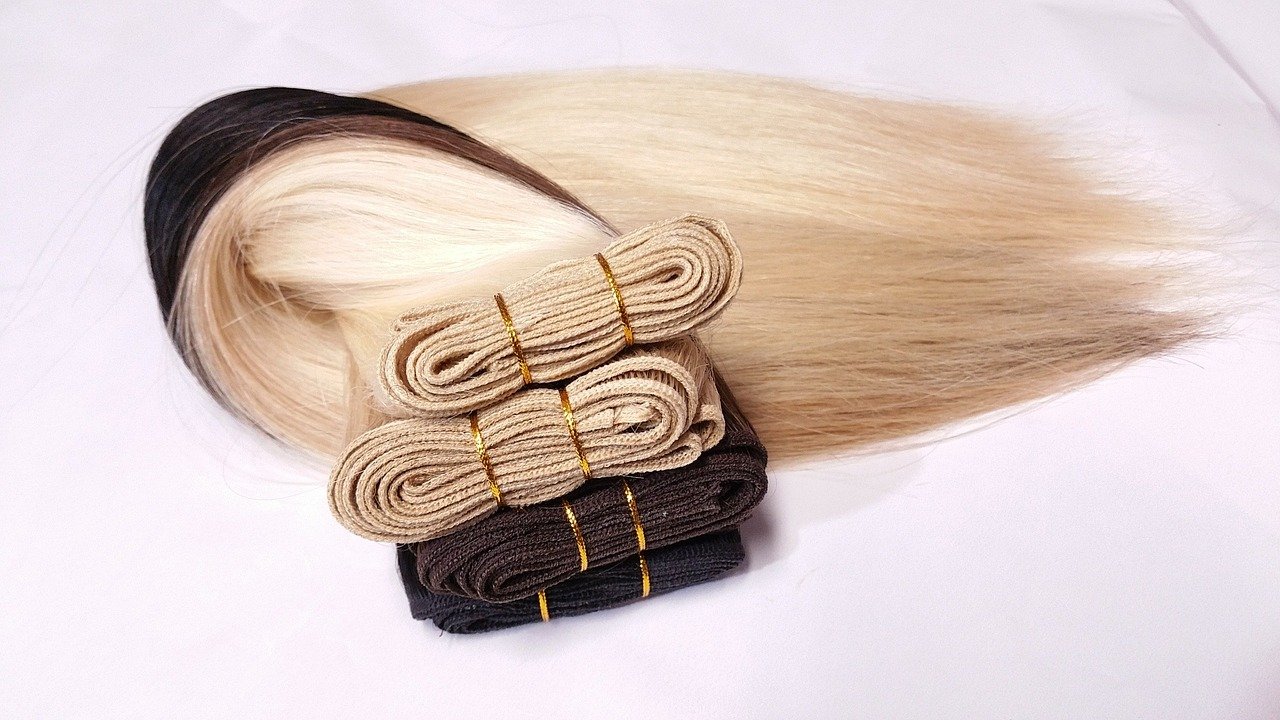Everything You Needed To Know About Hair Extensions
Beautiful hair is an irreplaceable element of your charm. Your hair has the power to make the heads turn and jaws drop. As soon as you enter a room, your hair is one of the first things that people notice, and it has the power to make or break your whole look.
With a wide range of hair products like shampoo, conditioners, hair straightening or curling irons, clip in extensions, and serum, the hairstyling industry is flourishing like anything.
One particular hairstyling product has garnered the love of millions of women worldwide: hair extensions. From top celebrities to models, everyone uses them to add a hint of beauty to their hair. If you are still new to the world of hairstyling, this article will tell you everything that you need to know about hair extensions.
How Are They Made?
Most hair extensions are made with natural human hair, which is called 100% Remy hair. They are made with human hair collected from different donors. These hairs are collected from top to bottom, running in the same direction, keeping the cuticles intact, and avoiding tangling.
Remy hair extensions are known for their superior quality as they are natural and easy to style according to different hair colors, styles, and textures. As they are made with natural hair, they look and feel more natural. They have a natural texture and move the same way natural hairs do. This is one of the main reasons why many people prefer them.
On the other hand, synthetic hair extensions do not contain natural human hair and are made with synthetic fibers that imitate the natural hair structure. They are comparatively cheaper than Remy hair extensions as they are challenging to match with natural hair color, texture, and type.
Styling Hair Extensions
The coloring and styling also vary for both types. You can color, straighten, blow-dry, or curl the Remy hair extensions as they are made with natural hair. You can do anything with them with your natural hair, which is often not the case with synthetic hair extensions.
They are made with synthetic fibers and plastics, so heat treatments like curling or straightening are out of the question. As many hair dyes contain bleach or ammonia, it can damage the fibers. Harsh hair products, sun, and other external elements can also damage them.
Types of Hair Extensions
Hair extensions have been there for centuries, but modern ones are made with high precision and superior hair quality. They are mostly natural and blend in with your natural hair, making it hard to tell the difference.
They can be used to enhance the volume and beauty of hair. That’s why they are made with different textures, colors, and hair types. There are various types of hair extensions based on their application method. Here are some of them:
- Clip-In
Clip-in extensions have clips at the top part of the hair. They can easily be attached or removed without any hassle. You can easily attach the clips to your natural hair and adjust them accordingly. It usually takes just a few minutes to install the clips properly.
They are also least damaging as no chemicals, dyes, heat, or pressure can damage your hair. They come in multiple color shades and instantly add more volume and style to your hair.
- Sew-in/ Weaves
Weaves are applied by styling your hair in braids or cornrows and using a needle to weave it into the braids. These are suitable for people with thick hair as they provide a better hold. It takes a few hours to apply weaves, and they also are firmly woven into your braids, putting additional pressure on your scalp. You might also need a professional hairdresser to apply them.
- Tape-In
Tape-in extensions have glued tapes at their top end, which are stuck to your hair carefully. You might need a hair professional to apply them as they need to be aligned with your hair with a heated tool to heat the glue. You also need a glue remover to remove them after use. As the process involves glue and heating, it can damage your hair, and hence, must only be done by qualified professionals.
- Microlink
These are applied by attaching small wefts of hair with sections of your hair with the help of silicone-lined beads. Although they do not damage your hair, the tightened beads can put pressure on your hair strands.
There are some other types, such as pre-bonded and wigs. You can use them according to your requirements.
Whatever type of extensions you get, remember to match your hair texture, color, and type to ensure better, long-lasting results.

